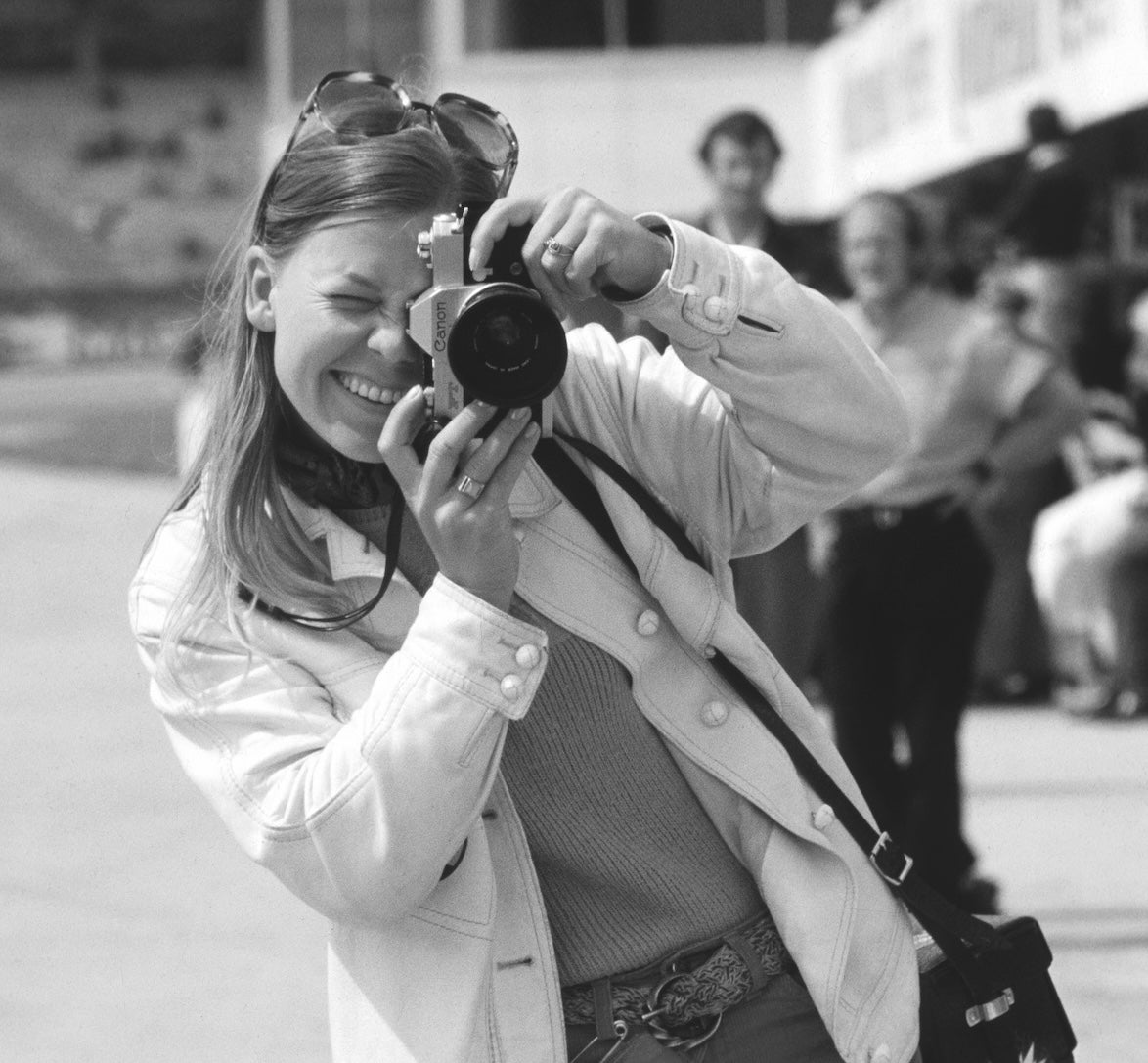
Jutta Fausel
Some of my happiest memories revolve around the European Formula 2 Championship, which I covered as a professional photographer throughout its golden age from 1967 to 1984.
My early years were spent in East Germany, near Berlin, but my parents were keen for us to escape to the West. When I was 11, my mother and I, using ‘borrowed’ West German passports, managed to cross the border in a truck with just two suitcases and then travelled to the town of Göppingen near Stuttgart to join my father, who had got out earlier and found work.
At school in Göppingen I became interested in photography. I then worked in a local photography shop to learn all I could about the business and spent three years doing a part-time college course in graphics and photography. I was also pointed in the direction of photography by my Uncle Henry, who had emigrated to America but sometimes visited us, and later I learned that my grandfather had been a professional photographer.
Thanks to my father’s interest, I liked watching motor racing on television and listening to it on the radio. The first race I went to see was the Solitude Grand Prix in July 1961, held on a 7.1-mile circuit on public roads near Stuttgart, not far from our home. Run for a mixed field of F1 and F2 cars, it was quite an important event that saw Innes Ireland win for Lotus, with the Porsches of Jo Bonnier and Dan Gurney second and third. Sitting in the grandstand, I took a few photos of the action using a friend’s Rolleiflex. The cars were fairly small in the frame, but I was hooked. I knew this was what I wanted to do.
Wolfgang von Trips was Germany’s great racing hero at that time, including for me. Only two months after that Solitude race I vividly remember listening to the radio broadcast of the Italian Grand Prix and learning of the terrible accident that took his life.
I returned to Solitude in 1962, this time with a Leica camera and telephoto lens borrowed from my boss at the photography shop. Sneaking into an out-of-the-way part of circuit and staying among the trees, I took as many photos as I could on the Saturday, this time with much better results. Becoming bolder, on the Sunday I managed to get into the paddock and there I photographed the drivers, crews and cars close-up. It was fascinating. My life’s passion really was confirmed.
I went on to take photos at hillclimbs, a common form of motorsport in West Germany at that time, and sometimes competed using a friend’s car. I was able to sell my photos to people taking part and found myself getting more and more closely involved. One day someone who was reporting for the magazine Auto Mobil Sport asked if I would send in some photos and I was duly paid five Deutschmarks for each one published. It was the true start of my professional career.
My work continued to develop from there, initially attending races within relatively easy reach elsewhere in Germany and also Austria. I went to my first German Grand Prix at the Nürburgring in 1963, when John Surtees won for Ferrari, and returned for many years.
When the European F2 Trophy began in 1967, I went to the two German rounds, at the Nürburgring and Hockenheim, then spread my net wider in subsequent years. Quite soon I became a regular, attending as many races as I could year by year, all over Europe.
F2 was always particularly special to me. It was like a big family, racing hard and also enjoying life. We travelled together around Europe. Our band of brothers included veteran World Champions (in the earlier years), other F1 drivers, young new talents, enthusiastic privateers, very capable chassis and engine builders, and a lot of super mechanics.
I never made much money at this, like most of us in those days, but I would never want to change any of it. Many of my fondest memories are of travelling around the world with little or no money in my pocket, and sometimes not being sure how I was going to get home.
I drove my old VW Beetle to the European races, took my photos, drove home through the night, developed the films and made prints, and delivered them to the magazine in Stuttgart. Only then did I get some sleep.
My life now is very different. I live in California with my husband, John Ward, a race engineer, and still supply my photos for books, magazines and websites. As for my first love, F2, I have for many years dreamed of assembling my best work in a book like this, a visual year-by-year record of the series with the essential results included. I wanted it to contain lots of photos — over 900 in all — of the characters in the sport and not just the cars. I wanted to convey the competition and camaraderie, and some sad times of course, but most of all the pure enjoyment and satisfaction we all shared.
Many thanks to all the people who helped with this project, the drivers, owners, engine builders, chassis builders, mechanics, and many more. Most, but not all, are still with us. Special thanks to Mark Hughes and Evro Publishing, who never lost faith in the project, and to Bob Constanduros and Ian Phillips — old friends and colleagues from F2 days — for stepping in to help with words.
In the spirit of learning from the past, rather than living in the past, I present this book as an effort to show what it was like to be a part of the Formula 2 European Championship.

